As a publication, conducting interviews has been our own personal film school. As a team, we are constantly comparing the differing responses of multiple filmmakers to often similar questions. For example, my longstanding interest in the relationship between film and theatre has led to interviewing multiple filmmakers who work in both mediums, and which form the basis of this book’s ninth and final section, “Film vs. theatre.” Over the years, I’ve asked filmmakers like Richard Eyre (The Children Act, 2017), Dominic Cooke (On Chesil Beach, 2017), and Benedict Andrews (Una, 2016) about the differences between directing in film vs. theatre, including what the differences are for directing actors. In this book, for the first time, you can see their answers back to back to gain insights into where their opinions converge and diverge.
For years, we sought a means to help our readers draw the same kinds of connections between filmmaking approaches that we, as writers and editors, had been drawing. Achieving this goal is what caused us to launch our In their own words ebook series with In their own words: Documentary masters, vol. 1 in 2018. In that book, we put our interviews with many of the best working documentary filmmakers — Frederick Wiseman, Steve James, Penny Lane — back-to-back so that you could compare their approaches. In our case studies on Frederick Wiseman and Gianfranco Rosi, I wrote a piece in which I pull-quoted contradictory answers to the same questions from each of Wiseman and Rosi. The feedback we received from readers was that it let them see anew how these filmmakers use fundamentally opposed approaches. With In their own words: Fiction directors, we expanded the approach of that piece to make it the approach of our entire book.
This book is made up of seventy-four of the best interviews we’ve conducted with fiction filmmakers, as a publication, since 2015. It’s organized into nine parts: working in different genres, representation in film, creating a sense of place, making low-budget films, devising an aesthetic, working with actors, shooting, post-production, and film vs. theatre. Each part is divided into a series of questions, like the ones that opened this foreword, with answers from multiple directors. By compiling interview responses by theme, you can draw connections between various filmmakers’ approaches in a way that was never before possible. Even we, the editors, found new connections, like Joachim Trier’s and Mia Hansen-Løve’s veneration for Isabelle Huppert and how working with her is a prime example of why you don’t want to interfere too much with a pro actor’s process.
You can view the original article HERE.

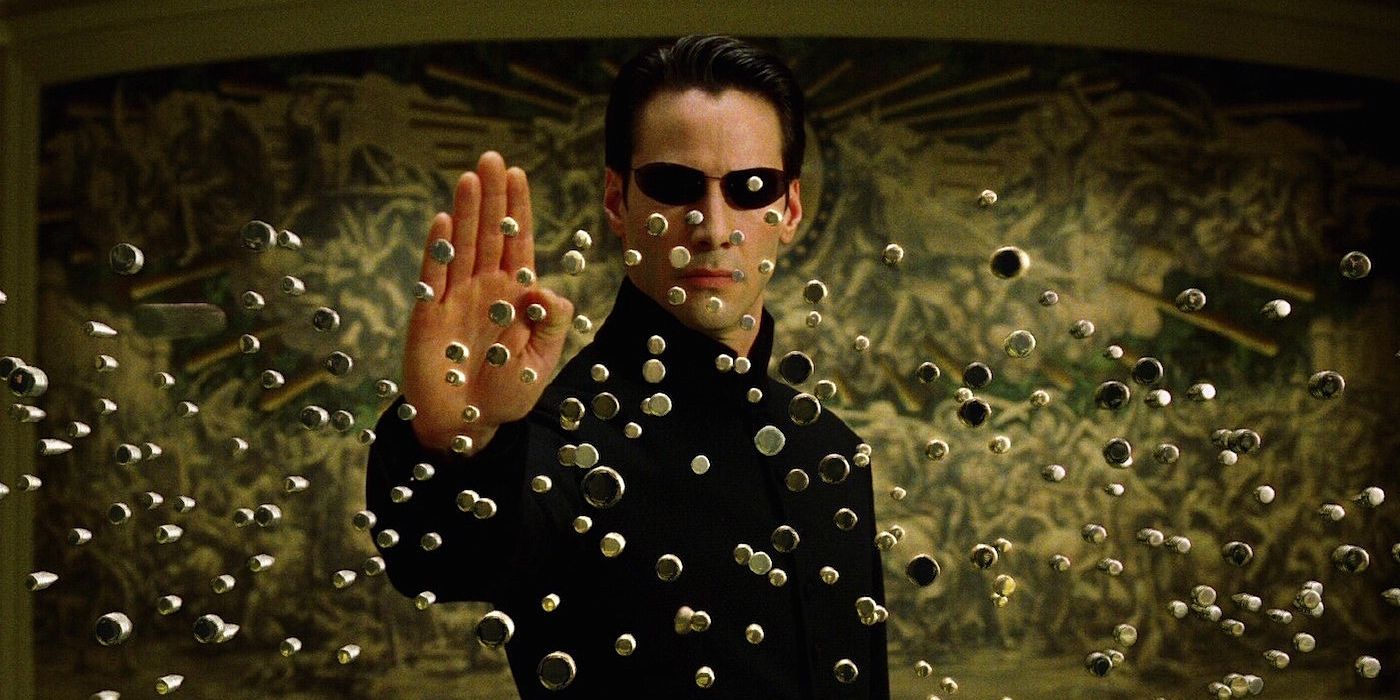
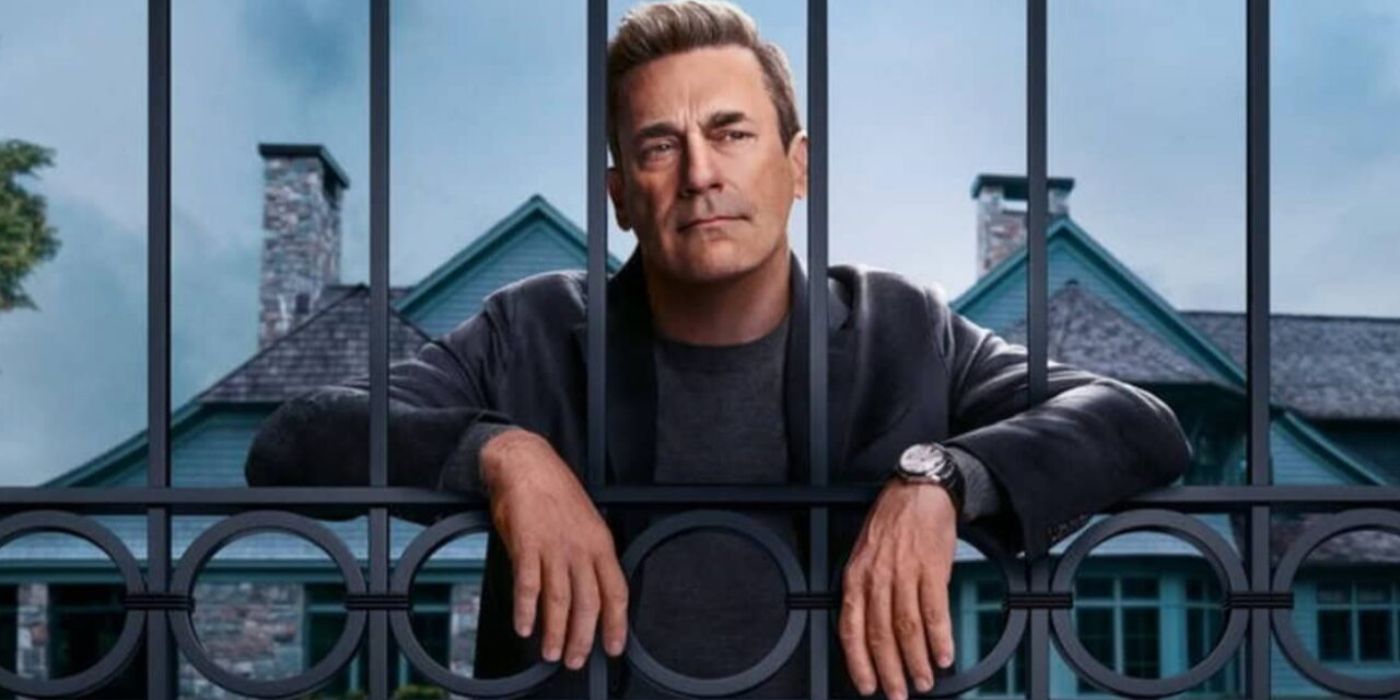

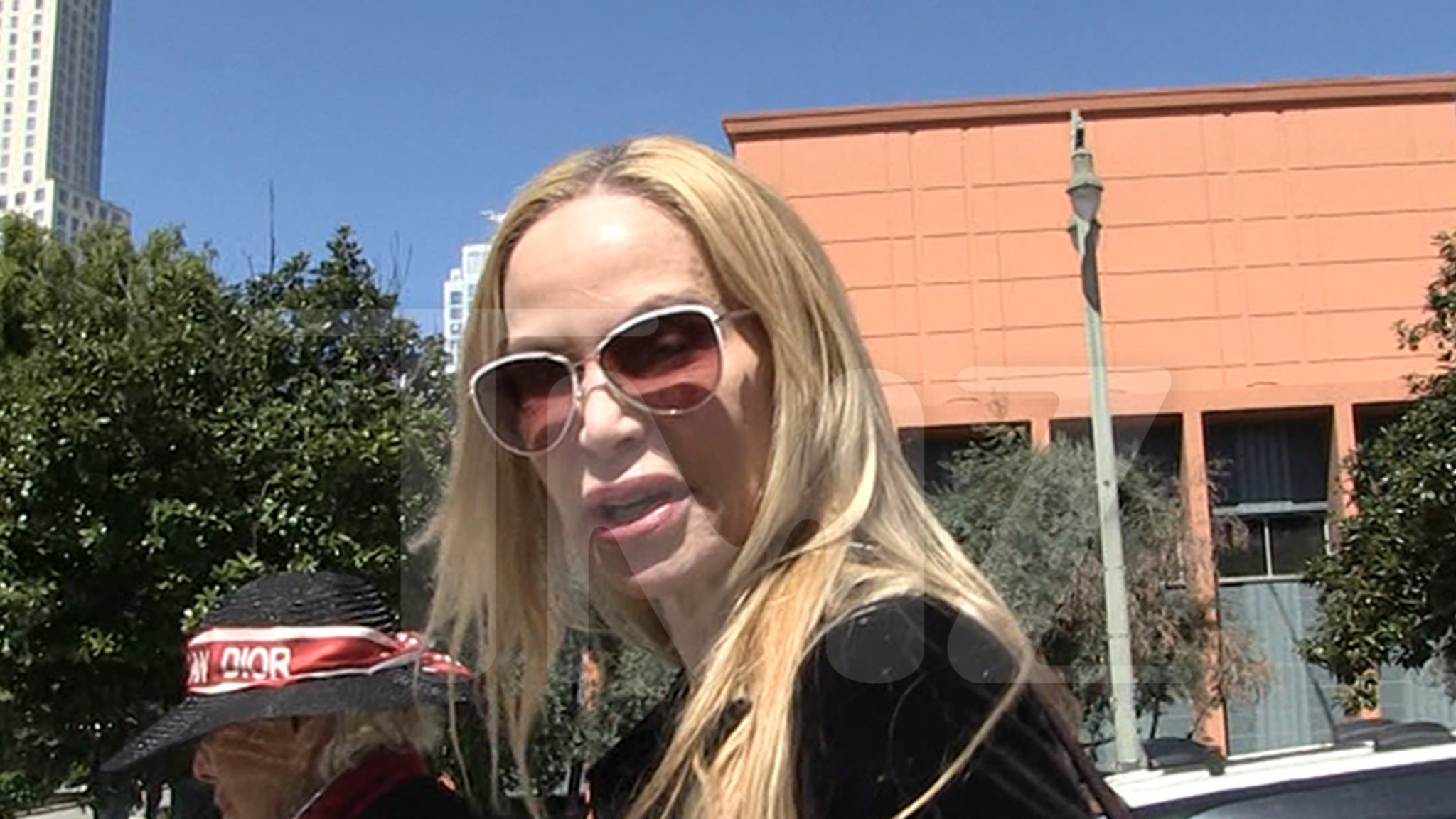



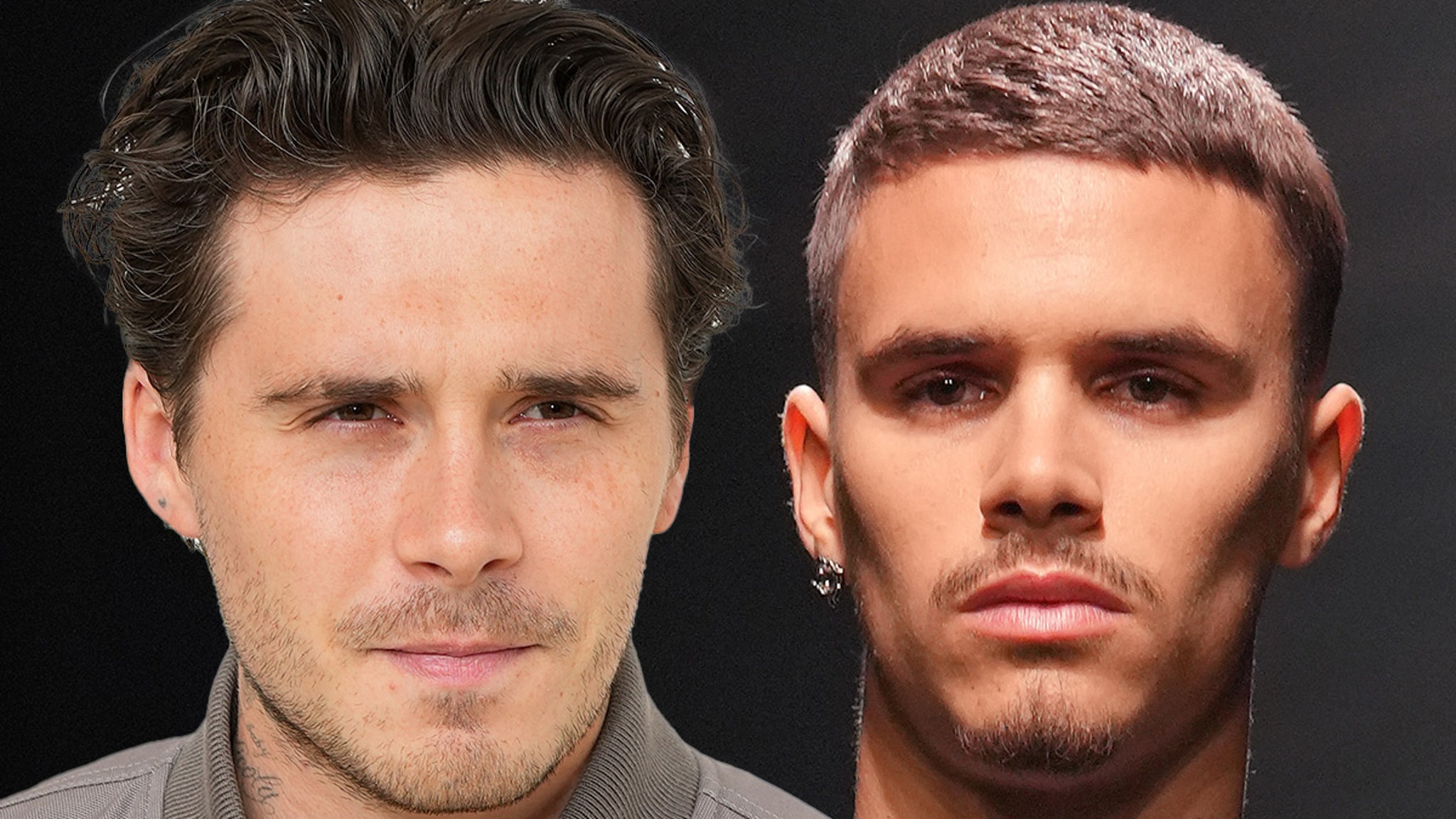

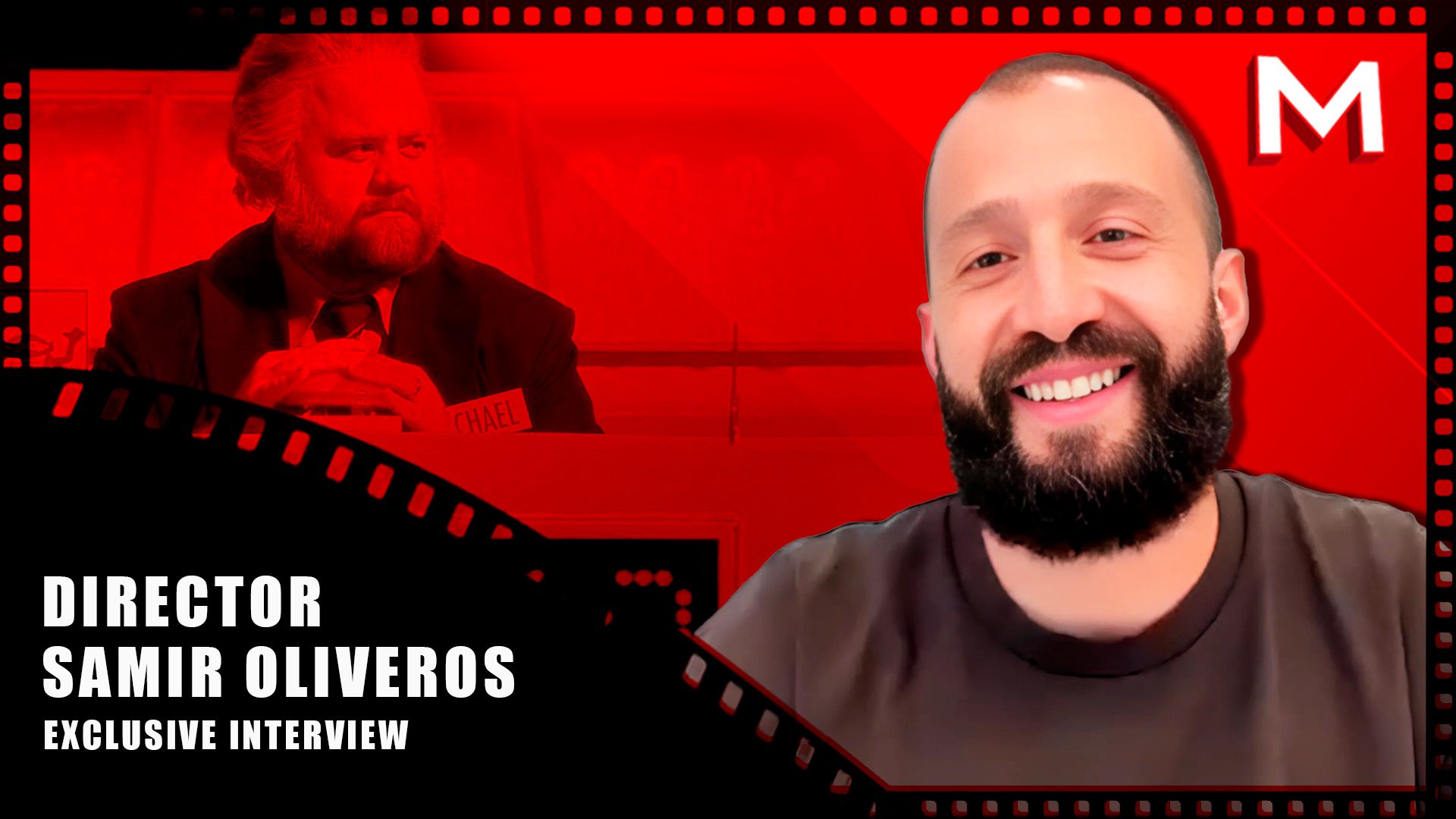






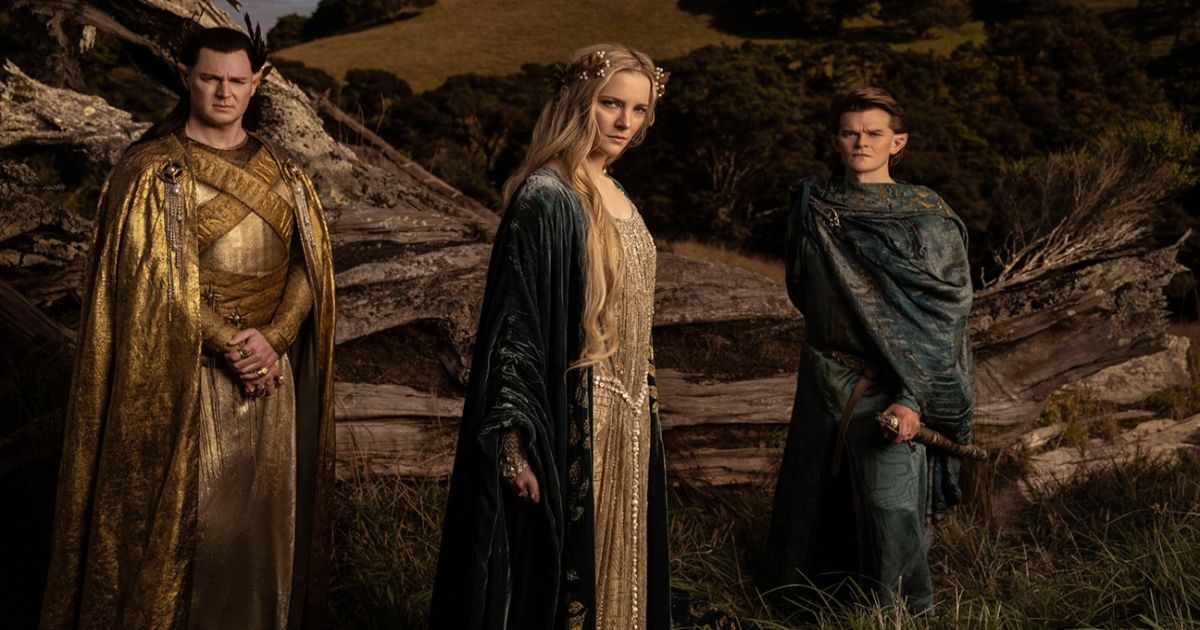





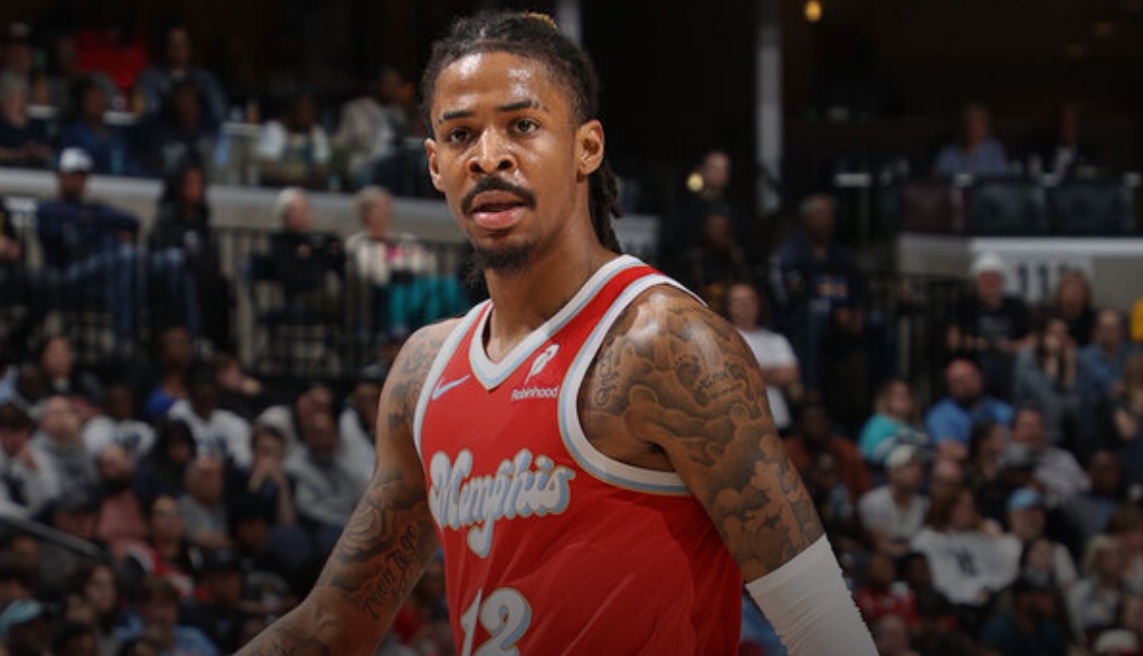
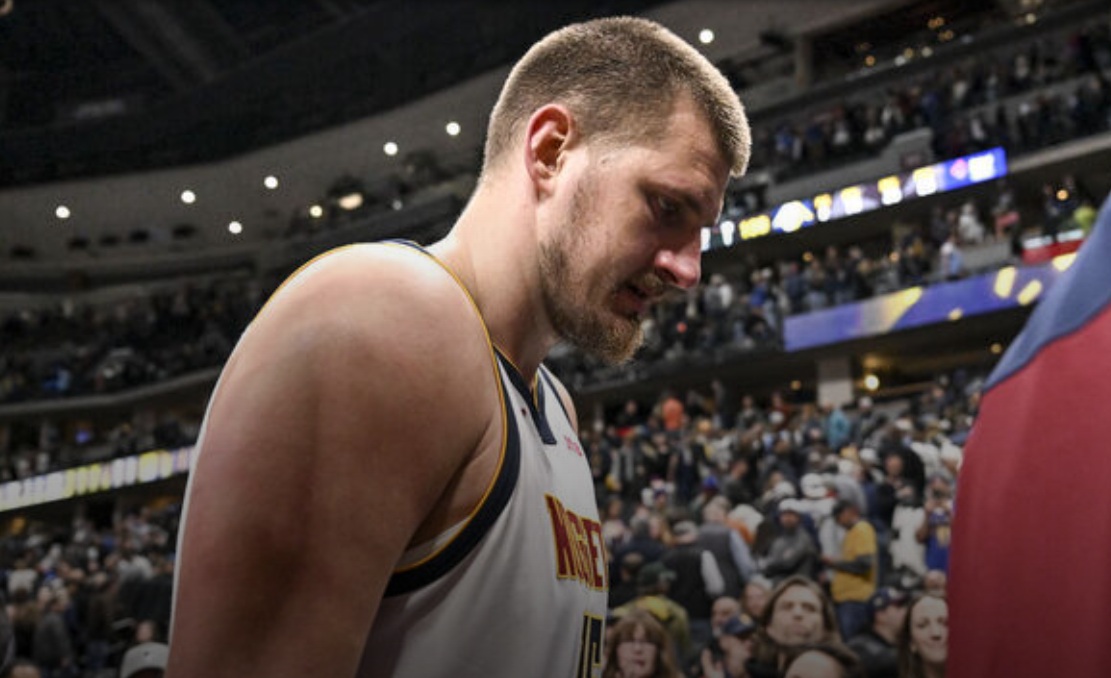




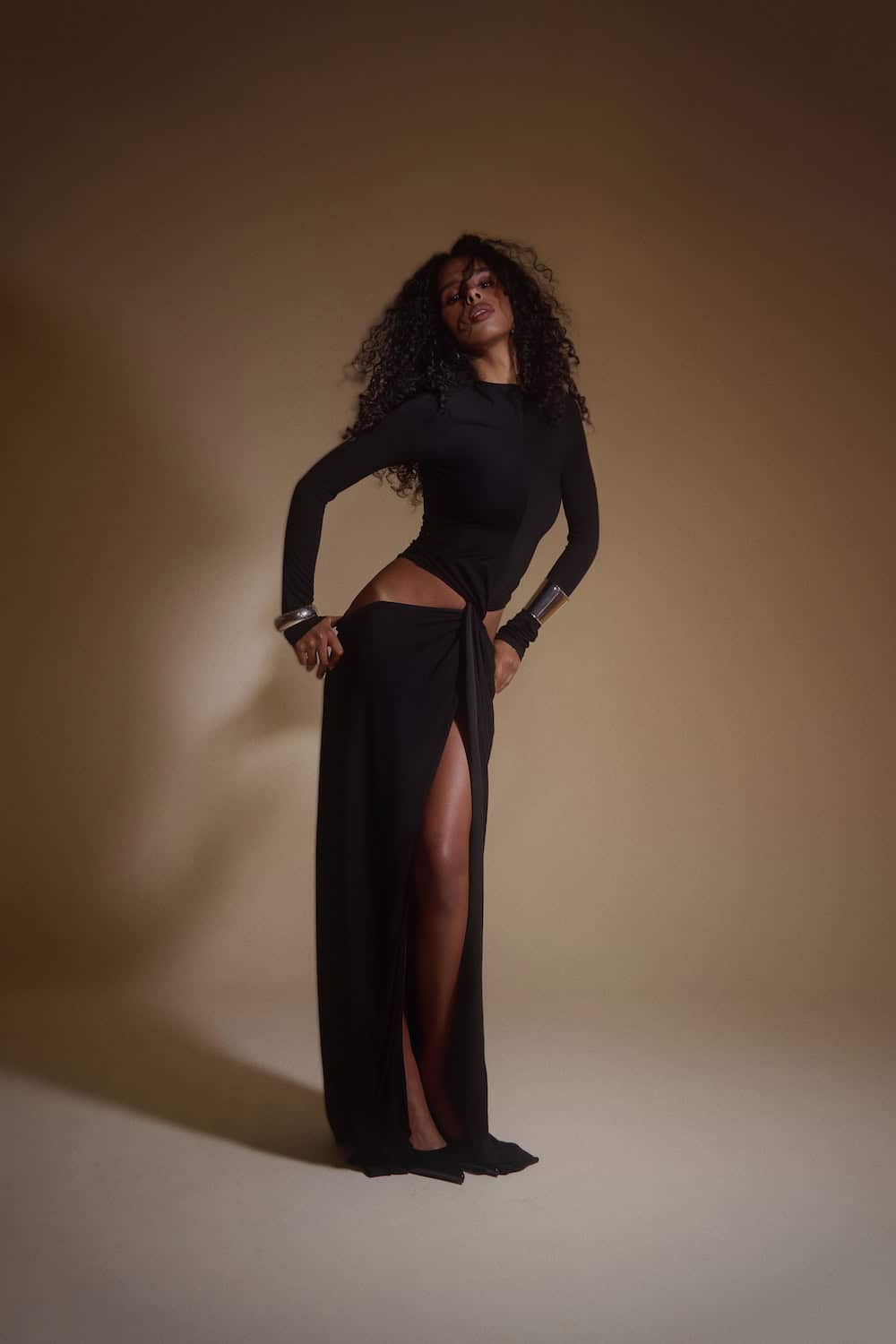
:quality(85):upscale()/2025/04/01/828/n/1922564/9432574867ec361a713285.06370027_.jpg)